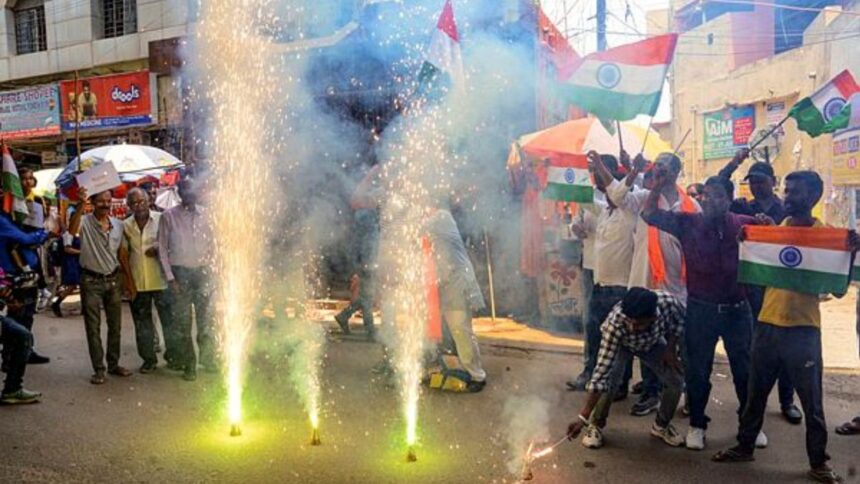The ministries of IT and Information and Broadcasting are “constantly monitoring” content being uploaded to social media platforms for misleading content related to the aftermath of ‘Operation Sindoor’ to issue takedown orders, and have sensitised social media platforms to block any content that is unlawful, a senior government official told The Indian Express.
Agencies and organisations which are in charge of India’s critical infrastructure, such as the Power Ministry, financial institutions including banks, and telecom operators are also on “high alert” after having faced a number of cyber attacks following the Pahalgam terror attack last month. “There have been some DDoS attacks on some infrastructure, but we have contained them. Now we are on high alert because such attempts will certainly be made,” the official said. A DDoS (Distributed Denial of Service) attack is a cyberattack where an attacker overwhelms a website, server, or network with malicious traffic from multiple sources, making it slow or inaccessible to legitimate users
On Wednesday afternoon, during a meeting between officials from the two ministries, there was acknowledgement that social media platforms like X were flooded with misinformation related to India’s strikes on nine sites hitting terrorist infrastructure in Pakistan and Pakistan-occupied Kashmir (PoK). It was decided that since the situation was evolving with people making varied claims online, the government would have to closely monitor such content, and also dip into its legal arsenal of prohibiting such content from spreading.
In times of uncertainty, online disinformation campaigns often act as a strategic ploy to capture the narrative war. Such campaigns—which have become routine now on social media platforms that have been unable to curb the sheer number of misleading content on their sites—have been used in previous and ongoing conflicts as well, such as the Israeli strikes on Gaza, and Russia’s invasion of Ukraine.
From visuals of unrelated air strikes and incorrect claims of retaliation, to even footage lifted from video games — as India carried out Operation Sindoor in the early hours of Wednesday, social media platforms like X became the battleground for online disinformation campaigns in a bid to mislead people.
The Press Information Bureau’s (PIB’s) fact check unit has fact checked several viral claims related to the airstrikes which were being made online. One such post contained a letter written by a scientist at DRDO about an alleged failure in BrahMos missile components. The fact check unit clarified that no such scientist works at DRDO and the letter is fake. Several old visuals showing a crashed aircraft were also circulating online with the claim that Pakistan recently shot down an Indian Rafale jet near Bahawalpur during the ongoing Operation Sindoor, which the PIB unit has deemed to be fake.
The government has advised users of social media platforms to exercise restraint. “Don’t trust and share unverified information. Check official sources from the Government of India for accurate information,” the IT Ministry said in multiple posts on social media platform X.
Post the Pahalgam terror attack, the government had banned 16 Pakistani YouTube channels, including some leading channels such as Dawn News, Samaa TV, Ary News, and Geo News, for disseminating provocative and communally sensitive content, and false and misleading narratives and misinformation against India, its Army and security agencies.








